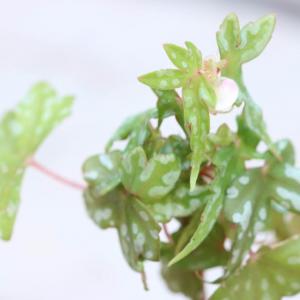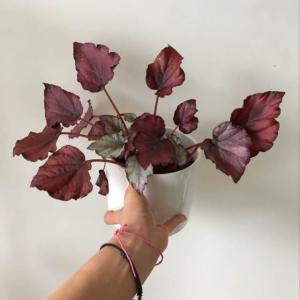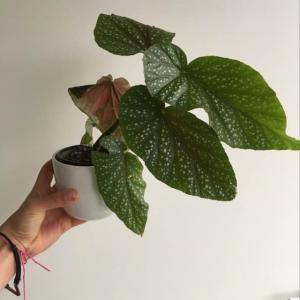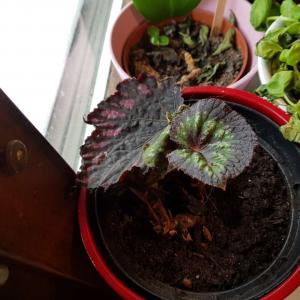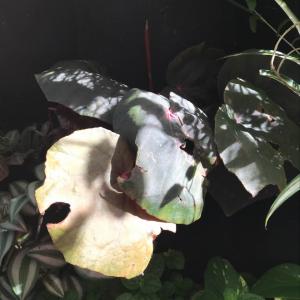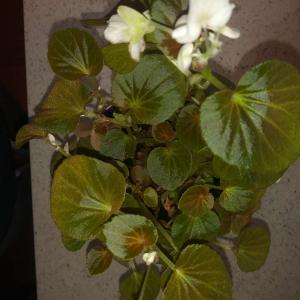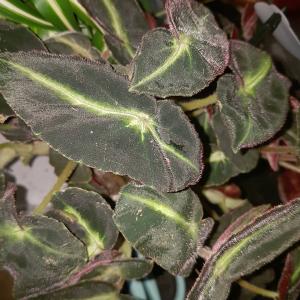文章
Miss Chen
2018年01月07日

A tuberous begonia in bloom is a spectacular sight. The large, full blossoms will light up the darkest shade. Tuberous begonias can be used in shaded areas in hanging baskets, window boxes, pots, beds or borders. There are many different forms of tuberous begonias including ruffled or plain, solid or bi-color, trailing or upright. Growing your own tuberous begonias will give you the greatest selection to choose from. Sprouting a tuberous begonia can take time and patience, but it is well worth the effort.
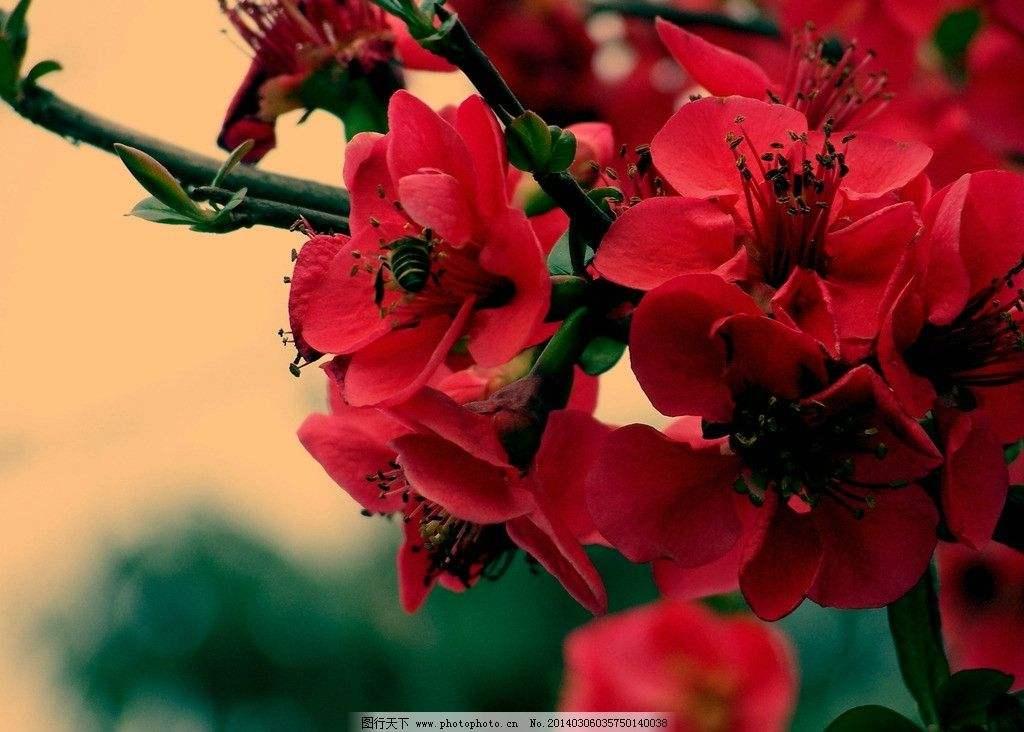
Starting Tuberous Begonias Indoors
It takes 12 to 14 weeks for a tuberous begonia to bloom after the tubers are planted, so most gardeners like to start their begonias indoors eight weeks before the last frost date or even sooner. You can grow tuberous begonias in any pot that has drainage holes and is large enough to fit the bulb. Some tuberous begonias can be 4 to 6 inches across. Use a well-draining potting mix, and place the bulb concave side up (so it looks like a bowl) on the surface of the soil. Cover the bulb with just a small amount of potting mix. Tuberous begonias are susceptible to rot, so water from the bottom by placing the pot in a dish with water in it. The pot will wick the water up the soil, but water will not sit in the concave hollow of the bulb. Sprouts should appear in one month, and can then be transplanted to a large container.
When and Where to Transplant

Plant your begonia so the pointy leaves face the way you want the flowers to show.
Tuberous begonias are sensitive to frost, and should be planted outdoors after all danger of frost has passed. Tuberous begonias are shade-loving plants, but can tolerate morning and a little afternoon sun. Take your sprouted begonia tuber, and plant it 2 inches deep in a well-draining potting mix. Moss-lined planters work well for tuberous begonias because of their ability to drain well and still maintain good soil moisture.
Caring for Your Tuberous Begonias
Once planted, tuberous begonias will need regular watering, deadheading and fertilizing. Make sure your begonias are watered at least once a week, and more if they are planted in containers. Fertilize every two weeks with a liquid fertilizer to maintain heavy blooming and leaf growth. Begonias need to be deadheaded on almost a daily basis to keep the foliage clean. If left to deadhead on their own (which they will, they are self-cleaners), the spent flowers will stick to the foliage and diminish the overall appearance.
End-of-Season Care
Tuberous begonias will not survive a killing frost. A few days before the first frost of the season, dig up the tubers, cut the stems to 1 inch and leave a little soil on the roots. Place the tubers in a cool, dry area to cure for two to three weeks. Once cured, place the tubers in sawdust, peat moss or vermiculite and store in an area where the temperature stays between 40 and 50 degrees Fahrenheit. You then can start the whole process over the following year.

Starting Tuberous Begonias Indoors
It takes 12 to 14 weeks for a tuberous begonia to bloom after the tubers are planted, so most gardeners like to start their begonias indoors eight weeks before the last frost date or even sooner. You can grow tuberous begonias in any pot that has drainage holes and is large enough to fit the bulb. Some tuberous begonias can be 4 to 6 inches across. Use a well-draining potting mix, and place the bulb concave side up (so it looks like a bowl) on the surface of the soil. Cover the bulb with just a small amount of potting mix. Tuberous begonias are susceptible to rot, so water from the bottom by placing the pot in a dish with water in it. The pot will wick the water up the soil, but water will not sit in the concave hollow of the bulb. Sprouts should appear in one month, and can then be transplanted to a large container.
When and Where to Transplant

Plant your begonia so the pointy leaves face the way you want the flowers to show.
Tuberous begonias are sensitive to frost, and should be planted outdoors after all danger of frost has passed. Tuberous begonias are shade-loving plants, but can tolerate morning and a little afternoon sun. Take your sprouted begonia tuber, and plant it 2 inches deep in a well-draining potting mix. Moss-lined planters work well for tuberous begonias because of their ability to drain well and still maintain good soil moisture.
Caring for Your Tuberous Begonias
Once planted, tuberous begonias will need regular watering, deadheading and fertilizing. Make sure your begonias are watered at least once a week, and more if they are planted in containers. Fertilize every two weeks with a liquid fertilizer to maintain heavy blooming and leaf growth. Begonias need to be deadheaded on almost a daily basis to keep the foliage clean. If left to deadhead on their own (which they will, they are self-cleaners), the spent flowers will stick to the foliage and diminish the overall appearance.
End-of-Season Care
Tuberous begonias will not survive a killing frost. A few days before the first frost of the season, dig up the tubers, cut the stems to 1 inch and leave a little soil on the roots. Place the tubers in a cool, dry area to cure for two to three weeks. Once cured, place the tubers in sawdust, peat moss or vermiculite and store in an area where the temperature stays between 40 and 50 degrees Fahrenheit. You then can start the whole process over the following year.
0
0



